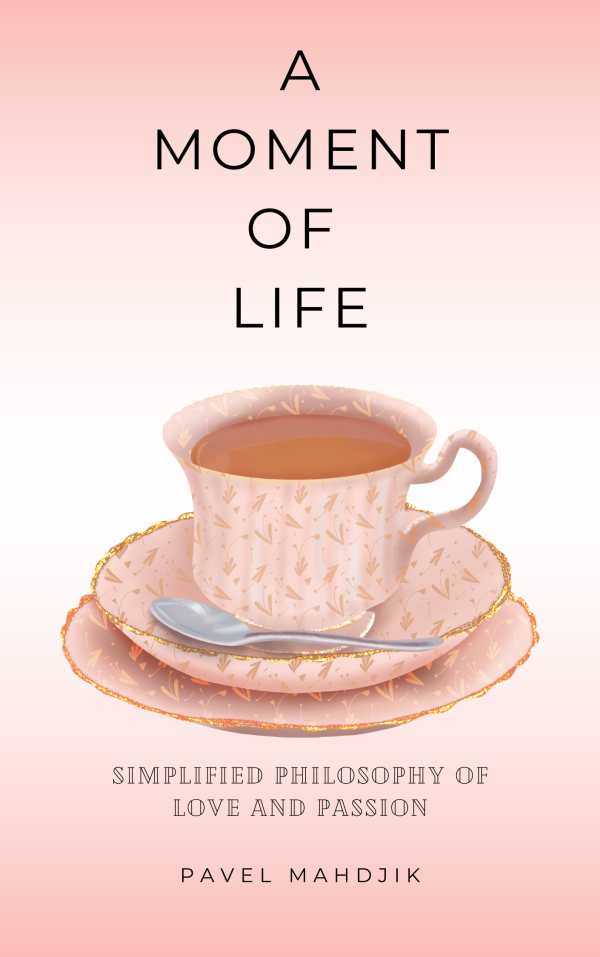A Moment of Life
Simplified Philosophy of Love and Passion
An unwitting couple becomes privy to others’ covert plans for their matrimony in the pert allegorical novel A Moment of Life.
In Pavel Mahdjik’s allegorical novel A Moment of Life, newlyweds get to know each other as they learn the circumstances of their coming together.
As the novel opens, Albert approaches Helen for one of the first times since their arranged wedding. She’s sitting on their balcony, recovering from a fall from her horse. Albert and Helen discuss her ailments and upcoming events before broaching the topic of what they knew about one another prior to their engagement.
Thus begins a series of confessions: Helen talks about her upbringing under her Aunt Jane; she mentions a former beau. Albert was also brought up by a surrogate mother, Maggie; he discusses his prior relationships too. In comparing their stories, the couple is surprised to discover some coincidences, leading them to wonder if what their caregivers told them was true.
The romantic conflict at first appears to be attributable to Helen’s and Albert’s flaws: both have heard that the other has a bad reputation. But their frank communication fast replaces these unsavory impressions with firsthand evidence of their creative, thoughtful, and upstanding characters. They are a quirky couple too: Helen categorizes people using cups and saucers as an analogy; Albert explains his conduct according to social expectations and his own fears. A new conflict is revealed: certain outside forces kept them from loving each other, and what they thought were faults of their own turn out to be useful qualities for the parties who were invested in getting them together.
Moments of clarity arrive with happy speed in this good-humored story. But its short second part is devoted to the perspectives of the matchmaking masterminds, Jane and Maggie. While corroborating the humorous understanding that Helen and Albert came to, this chapter adds little to the book as a whole. Indeed, the book’s philosophy of love dominates its takeaways: Helen describes love as simple and easy; to reflect this perspective, when she and Albert shed their messy pasts and resolve to trust each other, they are freed.
The prose invests in subtle gestures to make its points—a hand available on the table, eye contact, and an uncovered ankle among them. Such gestures pair with conversational shifts to impart a sense of the couple’s idiosyncrasies, convictions, and changes of heart. But the world beyond these movements is more stationary—a vague nineteenth-century setting in which Helen and Albert are free to ask each other probing questions and that gives them the space to offer honest responses that are reflective of their places in their era.
Two Victorians cast off their inhibitions to find passion in A Moment of Life, an allegorical novel in which an unwilling pair is persuaded to see how they were made for each other.
Reviewed by
Mari Carlson
Disclosure: This article is not an endorsement, but a review. The publisher of this book provided free copies of the book and paid a small fee to have their book reviewed by a professional reviewer. Foreword Reviews and Clarion Reviews make no guarantee that the publisher will receive a positive review. Foreword Magazine, Inc. is disclosing this in accordance with the Federal Trade Commission’s 16 CFR, Part 255.

